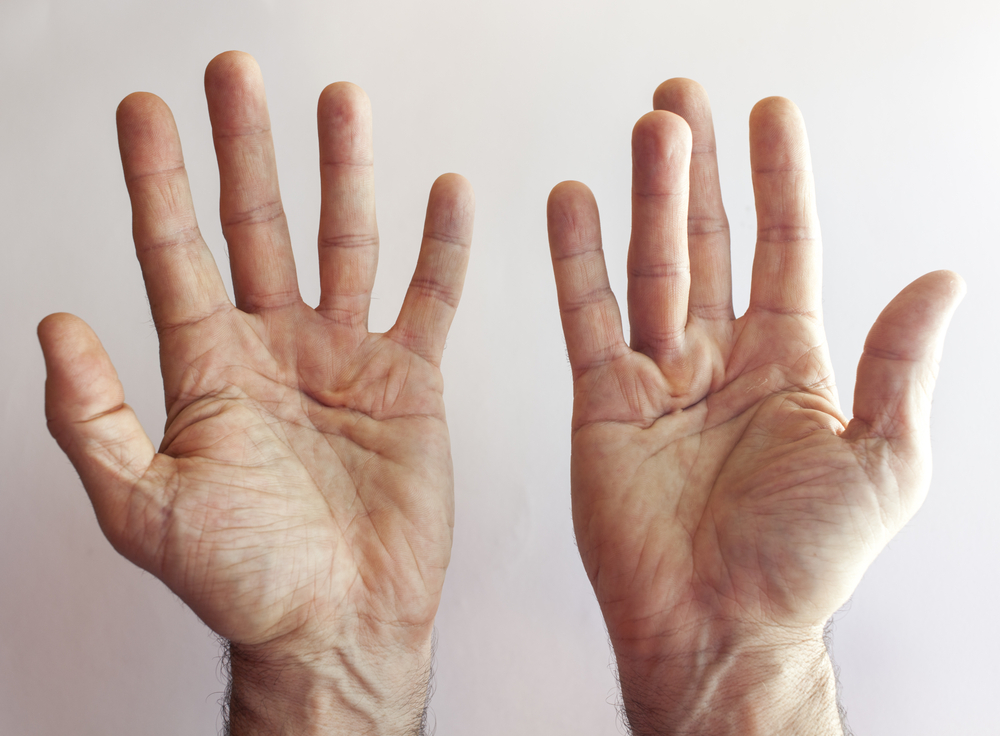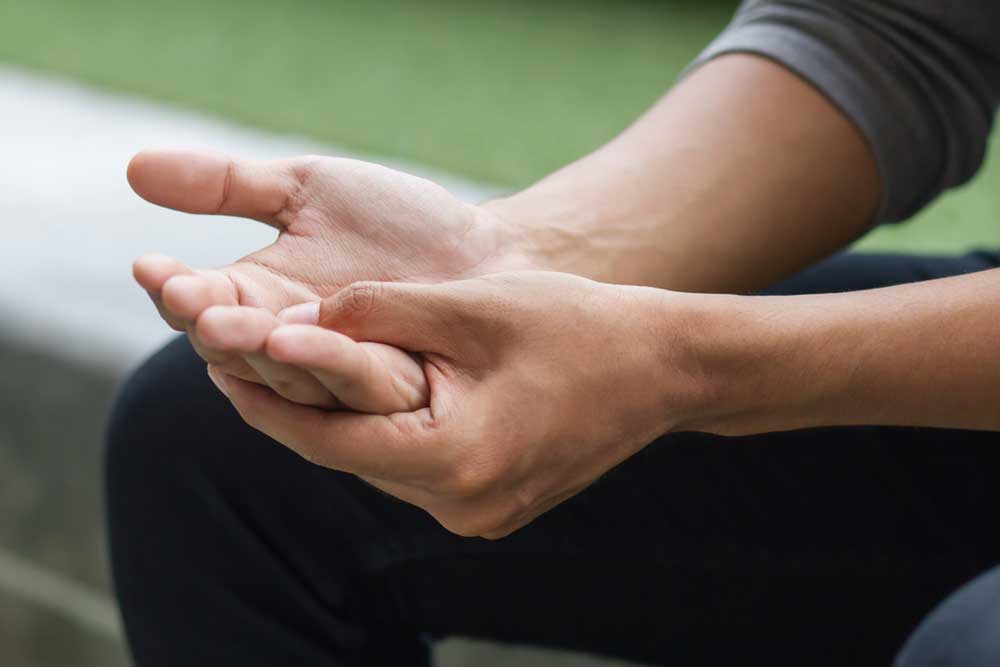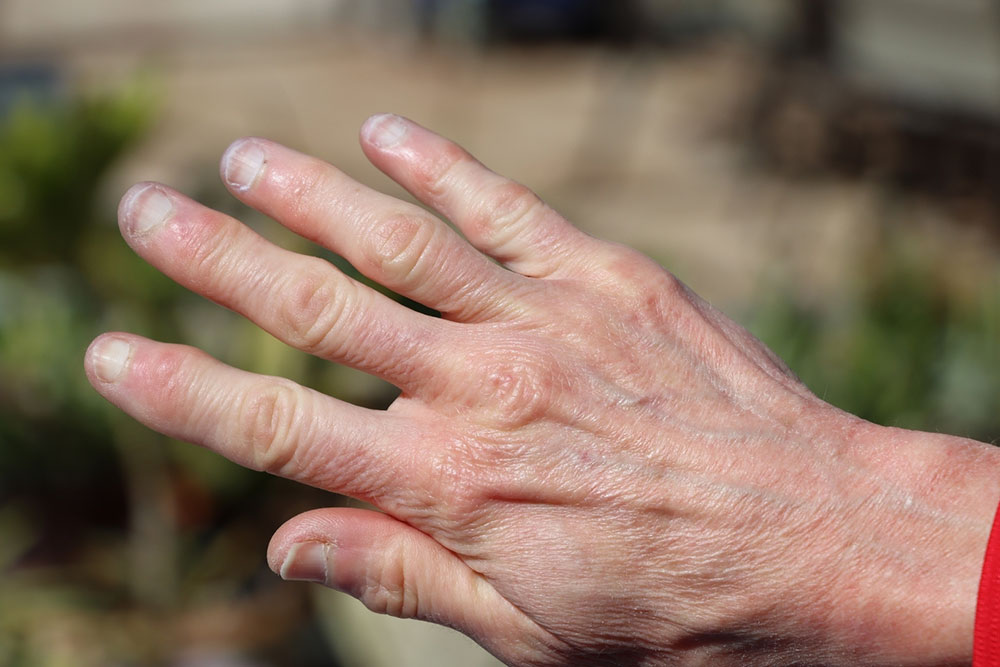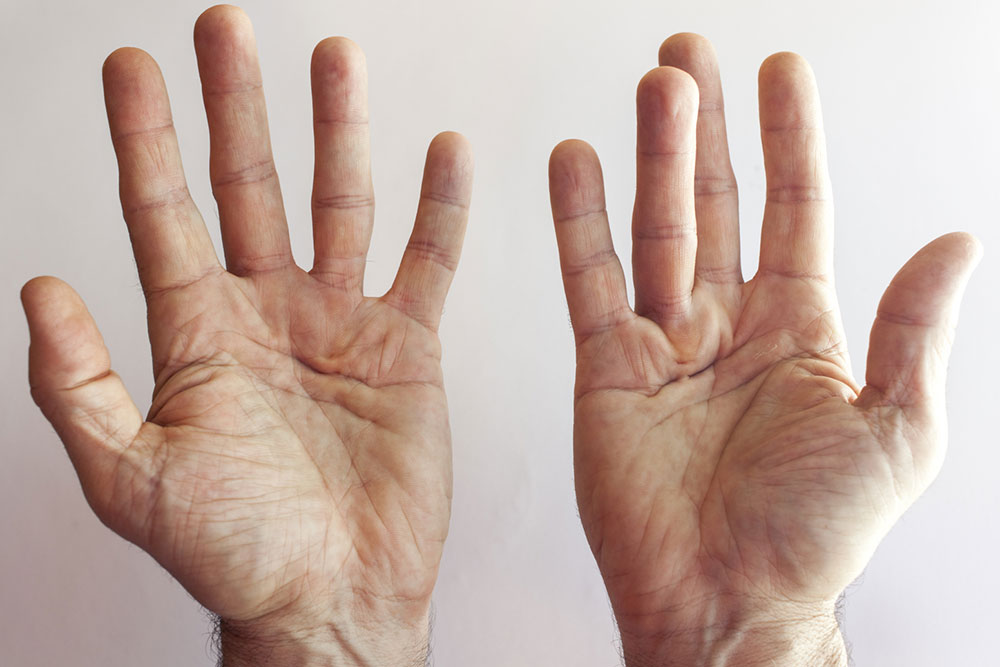Comprehensive Hand Exercises for Managing Dupuytren’s Contracture and Enhancing Hand Mobility
This comprehensive guide explores effective hand exercises for managing Dupuytren’s contracture. It details the condition, benefits of exercises, and specific techniques to improve hand mobility, strength, and flexibility. Emphasizing safety and professional consultation, the article aims to assist patients in maintaining hand function and delaying progression of the disease through targeted physical activity.
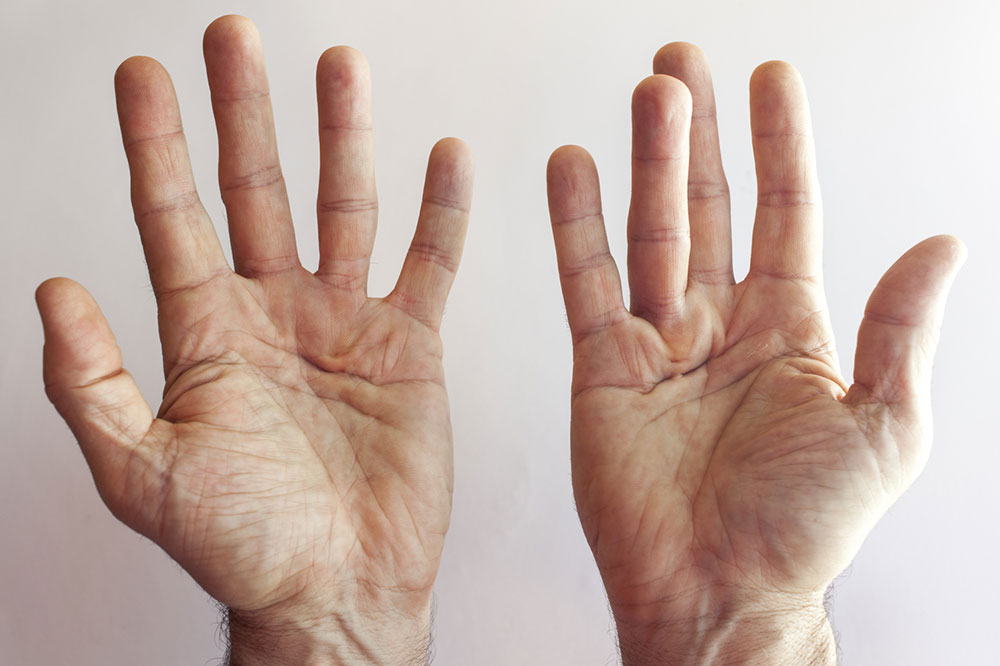
Dupuytren’s contracture is a progressive hand condition that affects many individuals worldwide, leading to the thickening and shortening of the connective tissues located beneath the skin of the palm and fingers. This thickening results in the fingers gradually bending toward the palm, causing deformities that can interfere significantly with daily activities such as grasping objects, writing, or performing fine motor tasks. Although a definitive cure for Dupuytren’s contracture has yet to be discovered, various treatment options are available to manage and slow its progression. These include minimally invasive procedures such as needling, enzyme injections, and in some cases, surgical interventions. Alongside medical treatments, hand exercises play a crucial role, especially in the early stages of the condition, helping to maintain flexibility, preserve hand strength, and improve overall functionality.
Understanding the importance of hand exercises in Dupuytren’s management is essential for patients and caregivers. In addition to medical protocols, targeted stretching and strengthening exercises can contribute significantly to quality of life by supporting hand mobility and preventing further stiffness. Engaging in a regular, physician-approved routine can slow the advancement of contracture and improve the functional capacity of the hand. Here, we explore effective hand exercises tailored for individuals dealing with Dupuytren’s contracture, emphasizing their role, proper techniques, and precautions to maximize benefits while minimizing injury risk.
Understanding Dupuytren’s Contracture
Dupuytren’s contracture is a benign but progressive condition mostly affecting middle-aged and elderly adults, particularly those of Northern European descent. The condition begins with the development of nodules or lumps in the palm, which eventually extend into thickened cords that pull the fingers into a bent position. Over time, these deformities can restrict hand movements, making simple tasks challenging.
The exact cause of Dupuytren’s remains unknown; however, factors such as genetics, alcohol consumption, smoking, and certain medical conditions like diabetes have been associated with its development. While medical treatments aim to break or loosen the cords, they do not typically eliminate the underlying pathology. Therefore, incorporating hand exercises and physiotherapy can be vital in managing symptoms and maintaining hand function.
Benefits of Hand Exercises in Dupuytren’s Management
Although exercises cannot reverse the structural changes caused by Dupuytren’s contracture, they offer numerous benefits, especially during early stages or mild cases. Regular hand exercises can:
Enhance flexibility and prevent stiffness
Maintain or increase hand strength and dexterity
Reduce the progression of contracture for some patients
Improve circulation within the hand tissues
Help in pain management and discomfort reduction
Adopting an exercise routine under medical supervision ensures tailored care that aligns with individual conditions, providing the best possible outcomes.
Effective Hand Exercises for Dupuytren’s Contracture
Below are some well-recommended exercises that can be incorporated into daily routines. It is crucial to perform these exercises gently and stop if any pain or discomfort occurs. Always consult your healthcare provider before beginning any new exercise program, especially if your condition is severe or worsening.
1. Finger Lifts
This exercise helps improve individual finger mobility and strength.
Place your hand flat on a clean, smooth surface such as a table or desk.
Gently lift each finger individually, lifting it slightly off the surface.
Hold the lifted position for a few seconds before lowering it back down.
Repeat 8-10 times for each finger, ensuring a gentle and controlled movement.
2. Finger Spreading and Bringing Together
This exercise aids in stretching tight tissues and increasing hand flexibility.
Start with your hand open and fingers together.
Spread your fingers apart as wide as possible, hold for a few seconds.
Slowly bring your fingers back together, maintaining control.
Perform 10 repetitions, being careful not to overstretch.
3. Grip Strengthening
Enhancing grip strength is vital for functional hand use and dexterity.
Hold a soft ball, rubber ball, or crumpled cloth in your hand.
Squeeze the object gently, then relax.
Repeat 15-20 times, gradually increasing resistance as tolerated.
Alternative: Use a hand gripper if available, following the manufacturer's instructions.
4. Thumb and Finger Mobility
This exercise promotes mobility between the thumb and fingers, crucial in preventing further stiffness.
Start by making an “O” shape with your thumb touching the tip of each finger sequentially.
Alternate by spreading your thumb outward and touching the base of your pinky finger.
Perform 10 repetitions, focusing on smooth, controlled movements.
Precautions and Additional Tips
While these exercises are generally safe, it is essential to approach them with caution. Avoid forcing movements or pushing through pain, which can worsen tissue damage or cause discomfort. Always perform exercises in a slow, controlled manner and consult a healthcare professional if unsure about proper technique or if symptoms worsen.
For advanced cases, exercises should complement other treatments like physical therapy, injections, or surgery. Post-treatment rehabilitation often involves customized routines designed by physiotherapists to support recovery and maximize hand functionality.
Conclusion
Managing Dupuytren’s contracture involves a comprehensive approach that combines medical treatment with targeted hand exercises. While exercises cannot reverse the structural changes, they play a vital role in preserving hand mobility, delaying progression, and enhancing quality of life. Patients should work closely with healthcare providers to develop a personalized plan that suits their condition and ensures safe, effective practice. Consistency and proper technique are key to gaining the full benefits of any hand exercise routine, empowering individuals to maintain more functional and pain-free hands over time.
